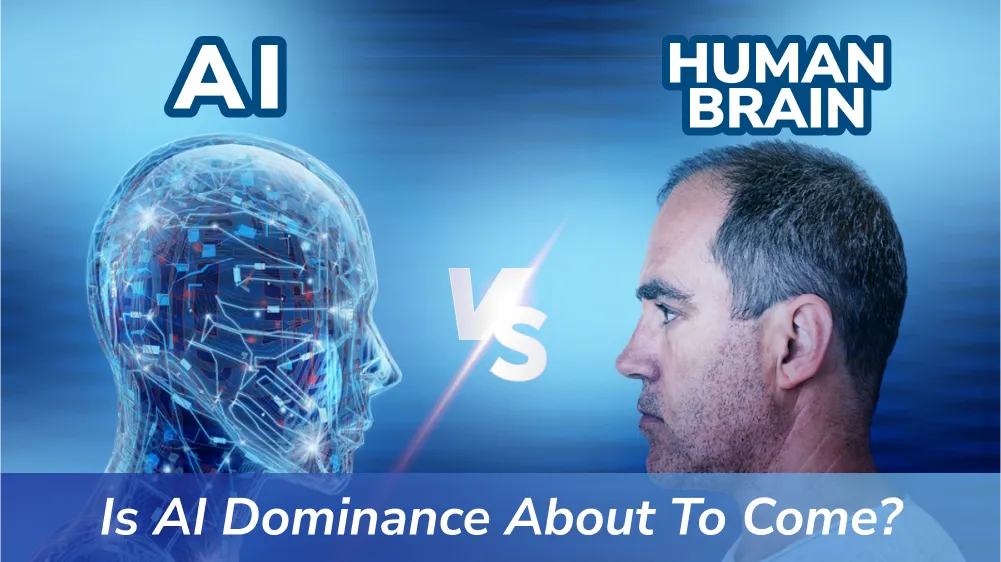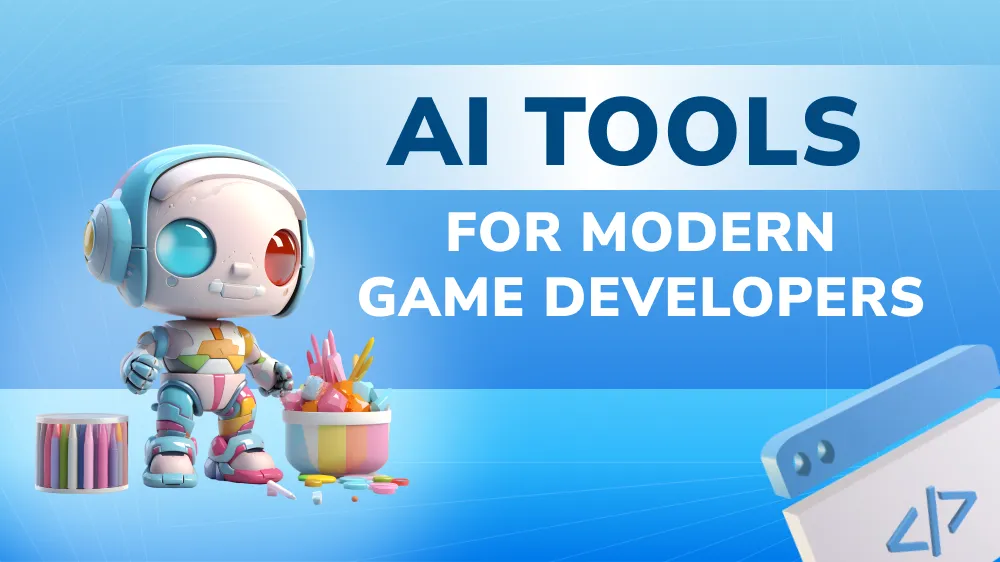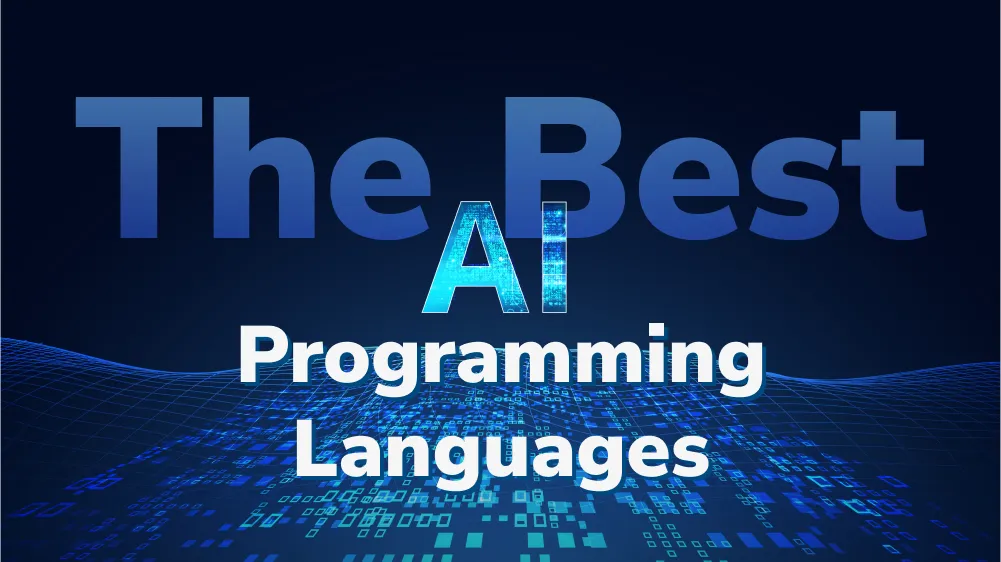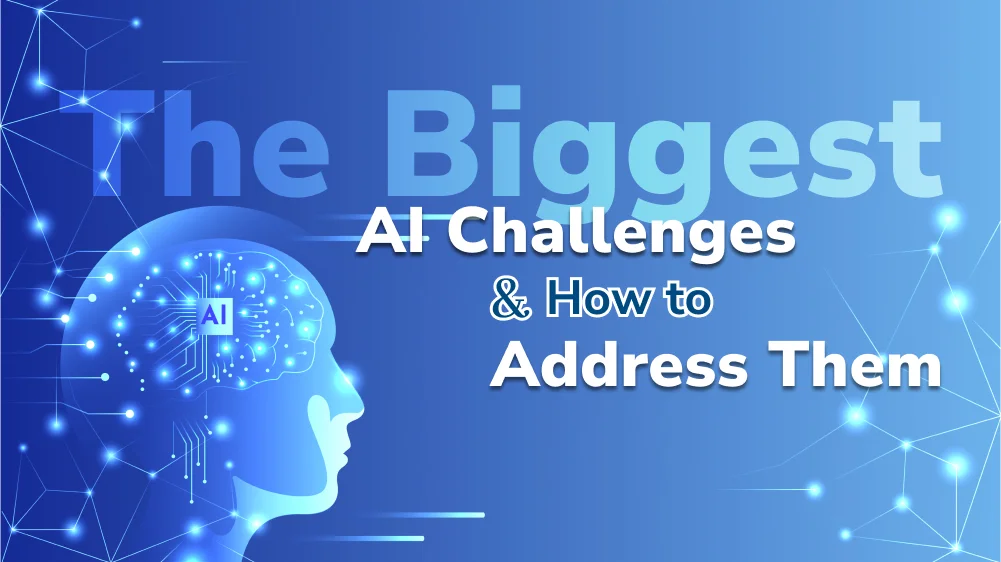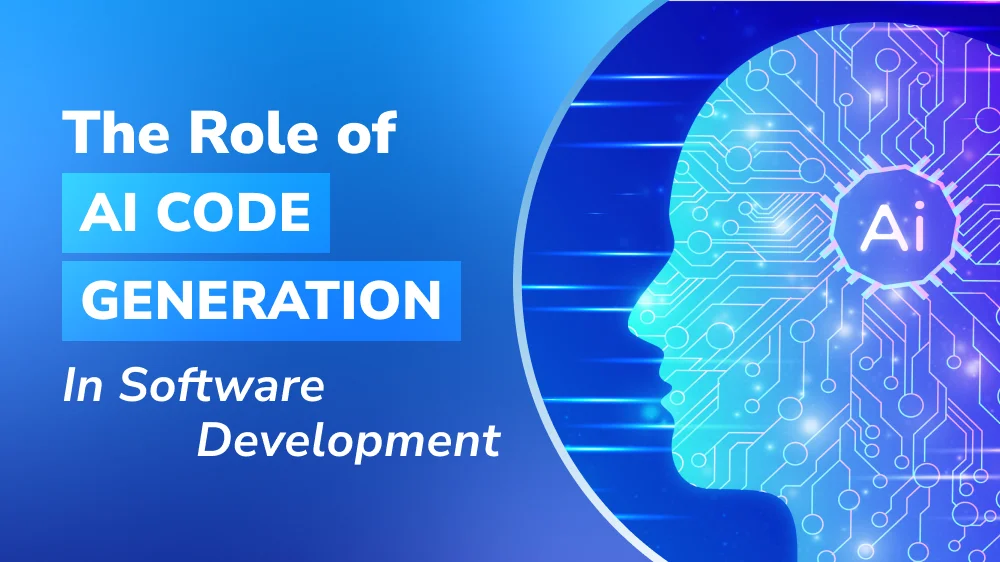A Comprehensive Guide to AIOps
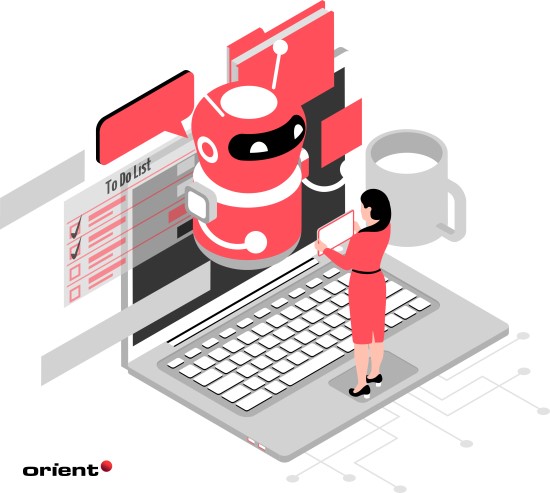
Content Map
More chaptersMore and more businesses are now embracing AIOps to keep pace with the rapidly changing technology landscape. As Gartner stated, AIOps has been driving the digital business when 25% of enterprises across the globe have implemented AIOps platforms to support their IT operational functions by 2019. The need for AIOps is forecasted to continue to grow in the future. So, what do we know about AIOps?
What Is AIOps?
AIOps is short for Artificial Intelligence for IT operations. It is a data-driven approach to automating and optimizing the IT operations processes at scale by utilizing artificial intelligence (AI), big data, and machine learning technologies. The term was originally invented by Gartner in 2016 as Algorithmic IT Operations. Now, AIOps is also recognized as Cognitive Operations or IT Operations Analytics (ITOA).
An AIOps platform concurrently utilizes multiple data sources, data collection methods, and analytical and presentation technologies to ingest, process, and analyze a large volume of data in real-time to identify potential IT issues before they cause significant disruptions. The AIOps platforms have the capability to cope with data from different tools despite the data type, and they enable integration with other applications via APIs. Thus, they can interact with other IT operations management toolsets seamlessly.
Ultimately, AIOps platforms are meant to reduce or even eliminate the number of manual tasks, particularly those that are time-consuming or require deep domain expertise. And they help lift the burden off the operations team, thereby providing time for other strategic initiatives that can further improve the business outcomes. AIOps can be used in various areas of IT operations such as performance monitoring, incident management, event correlation and log analysis, change and configuration management, demand forecasting, and more.
How Does an AIOps Platform Work?
AIOps platforms support IT operations in three areas: IT infrastructure monitoring, response automation, and incident management.
IT Infrastructure Monitoring
AIOps uses data from multiple monitoring tools to provide a comprehensive view of an organization’s IT infrastructure. Data from multiple sources which were siloed before, including event log files from different applications, servers, and other network endpoints, are collected and aggregated in one single database. This facilitates real-time network performance assessment by machine learning algorithms, and it allows organizations to identify and fix issues before they cause problems.
Response Automation
This value-driving feature enables tracking metrics for servers or applications and faster response to incidents. Based on the server or application performance tests, IT operators can decide on acceptable KPIs and configure the AIOps platform to prioritize the ones they want accordingly. When any KPI breach is detected, AIOps software can perform an automated cause analysis and automatically fix the issues or forward them to the IT team for further investigation.
Incident Management
AIOps also provides a central repository for all incidents. This allows IT operators to see the big picture and identify patterns that could indicate systemic problems. This is the core feature of the service desk in any IT organization. By automating the identification and resolution of problems, IT teams can reduce the time for mundane tasks.
The Core Components of AIOps
Rather than a single application, artificial intelligence for IT operations is the multi-layered application of various technologies that make the AIOps platforms. Nowadays, the features offered by different AIOps platforms may vary, but one thing that remains the same for all is the use of AI to support the duties and activities of IT teams. The most basic components and features found in AIOps tools include:
Aggregation of Data
This is the core capability of any AIOps platform. The feature allows gathering data from multiple sources in the cloud infrastructure, comprising events logs, job data, tickets, etc. The move away from data silos – a collection of info within an organization that is isolated or restricted in access from other parts under the same organization – makes it easier to control the IT infrastructure, correlate data and network events, and find the root cause of incidents.
Real-time Processing
The AIOps platforms can process a large volume of data generated from a multitude of sources at scale and in real-time, enabling any IT organization to detect and react more swiftly to anomalies and security incidents right when they occur.
Artificial Intelligence & Machine Learning
These two technologies make the defining feature in AIOps platforms. The implementation of AI is aimed at intelligent analysis, which enables analyzing a vast amount of raw data and the capability to decide which circumstances require significant alerts and which do not. Machine learning supports AI’s capability by utilizing predictive analysis to detect abnormal activities within the network over time. Together, AI and ML enable AIOps platforms to aggregate observational data and actionable insights from data analytics to support and make automated decision-making.
Domain Algorithms
This is a set of algorithms that are specifically designed to work within the domain of AIOps. They are used to automatically detect, diagnose, and resolve incidents within the cloud infrastructure. These algorithms are constantly being updated and improved as new technologies emerge and in accordance with the operational goals and data of business that AI is meant to optimize.
Automation
The capability to resolve issues without human intervention within the workflow is the major reason for AIOps adaptation; furthermore, automation is also one of the top priorities in IT operations. Specifically, the AIOps solution plays a vital role in the real-time testing automation of new software features and user expectations, and it also performs in-depth log analysis and detects errors. As stated above, the aim is to minimize the need for manual tasks so that the IT teams can focus on more strategic tasks.
Performance Monitoring
Performance monitoring is another common application of AIOps. This involves using AI to monitor the performance of systems and applications in order to identify any issue that may be affecting their performance. By identifying these issues early, they can be addressed before they become more serious problems.
Some Common Uses of Artificial Intelligence for IT Operations
AIOps may already be adopted within your organization without your noticing. Operations tools, such as CRM or ERP systems, for example, often include intelligent management built-in. Furthermore, most major cloud platforms also leverage machine-learning-powered management and monitoring tools. In brief, AIOps is implemented to transform enterprise IT operations, and by facilitating automation, it also plays a crucial part in the digital transformation process of a company. Here, we outline some practical uses of AIOps:
Anomaly Detection
This is the most common and basic application of AI for IT operations. Anomaly detection is the process of identifying unusual behavior or events within data sets that could indicate a problem. Anomaly detection can help to identify these potential problems so that they can be investigated and addressed before they cause more serious issues.
Causal Analysis
The event correlation feature of AIOps enables IT operations teams to detect the root causes of problems and address them more quickly and effectively.
Prediction
AIOps solutions are used for prediction and prevention. By identifying the potential problems soon before they become more serious issues, systems and applications can run smoothly.
Alarm Management
AIOps platforms help to manage and respond to alerts to determine proper solutions. This involves using AI to identify and classify alerts, as well as to prioritize and route them to the appropriate team for investigation. By managing alerts in this way, teams can more effectively respond to potential problems.
Intelligent Remediation
AIOps not only identify problems but also enable quick resolutions without human intervention by driving closed-loop remediation through automation tools.
AIOps vs. MLOps: How Can You Tell Them Apart?
Artificial intelligence (AI) and machine learning (ML) are skyrocketing as more and more companies of various sizes are undergoing digital transformation. AIOps and MLOps (Machine Learning DevOps) are two prevalent terms in the market, which refer to the application of AI and ML for IT operations and DevOps, respectively. Although these terms are two different domains, used for different applications and goals, and cannot be overlapped, people tend to confuse one for another. Though there are some similarities between them, it does not mean they are the same in any aspect.
AIOps and MLOps are often used together, but they are not interchangeable. As their cores, they differentiate in the ways they are applied and the purposes they serve.
- AIOps is the process of utilizing artificial intelligence, machine learning, and big data to bring data from multiple sources together, simplify data analysis, and automate IT business operations.
- On the other hand, MLOps refers to the process of leveraging machine learning models and algorithms for DevOps. It enables standardizing the machine learning system development process to provide predictive analytics and real-time insights. Machine Learning DevOps help to streamline the collaboration between different teams within an organization.
How Does AIOps Support IT Operation? - Key Benefits of AIOps
According to a survey conducted by OpsRamp of 200 IT leaders throughout the U.S about the experience of implementing AIOps, 87% among them “agree that AIOps tools are delivering value through improved hybrid infrastructure resilience, data-driven collaboration, and proactive IT operations” despite some challenges it poses.
Even though there may still be a number of challenges in AIOps implementation, the report confirms it is worth wrestling with the challenges to acquiring the benefits. Here, let’s outline some:
Faster Incident Detection & Reduction of False Alerts
As its core function, AIOps enables identifying and responding to alerts, tickets, and notifications shortly and precisely. This is such a big aid in incident detection and resolution. And also, AIOps is swift and accurate, so it can reduce the rates of human errors and false alerts.
Save IT Operational Costs
A study by Accenture indicates that 43% of IT service desk respondents are suffering from handling the deluge of data and information. And fortunately, AIOps can help to relieve this burden. With more IT operational automation and less human intervention, businesses can reduce workload significantly and let them better manage and prioritize other value-added tasks. This can help you save more costs on manpower, time, and resources without compromising productivity.
Reduce Downtime
In addition, application and system downtime can be costly as well since it straightforwardly influences productivity, revenue, and even the company’s reputation. With proper AIOps solutions in place, IT teams can detect potential problems in the early stage and be able to resolve them as soon as possible with less or even no downtime. This not only prevents outages and maintains the stable performance of IT infrastructure and applications but also improves service delivery and customer experience.
Streamline the Management of the IT Environment
AIOps breaks down the data silos and provides a consolidated view of the entire IT environment while lowering the error rates and reducing the response and resolution time. This way, it facilitates better management of IT operations.
Leverage Data Value Better
AIOps combines big data with intelligent automation, letting you improve the usability of your raw data and the outcomes of data analysis processes. By getting the most predictive insights from data, IT operators can make data-driven decisions.
Gain Operational Efficiency & Improved Collaboration
AIOps automates many of the common IT tasks, such as performance monitoring, event correlation, log analysis, etc. Therefore, your staff will be relieved of the burden of having to constantly monitor these tools and can instead focus on more strategic tasks or innovation. In addition, AIOps can help improve collaboration among teams by providing a single platform for all teams to view and analyze data.
How to Get Started with AIOps

The values AIOps add to IT businesses are drawing more attention from IT operators, which opens a promising future for more AIOps adoption. Gartner has made a prediction that the use of AIOps for application and IT infrastructure monitoring will continue to grow from 5% in 2018 to 30% in 2023.
The best way for any IT organization to embark on the AIOps journey is to prepare well, start small and take it gradually, and scale as needed. These are a few of the most basic things you should consider:
Before You Start
You should begin with reorganizing your IT domains by data sourcing first. Implementing AIOps means you and your team are about to handle a vast amount of data, so it will help if you start to train your IT team on how to deal with large and persistent data sets from multi-sources. To make your IT operations teams get familiar with the big data aspects of AIOps, you’d better begin with historical data first before adding new data sources. As your teams are ready, you can proceed to the next step.
Data Monitoring
Enabling AIOps may require you to ingest and analyze as many types of data as possible. This is an important stage in the whole process since organizations should be aware of their IT incidents and the causes of the regularly-occurring issues before deciding where AIOps will fit into and deliver the biggest ROIs. However, it is such a daunting task.
A little advice here is to ingest and analyze the data types that aim to solve your specific problems. The historical and streaming data types are the two most valuable ones as you get started with AIOps. The streaming data enables real-time detection, while the historical data allows you to understand the past states of the system and make predictions for the future.
Implement an AIOps platform
After you have found out the root causes of your high-priority problems, you can proceed to apply AI to your IT operational activities. Organizations ought to consider AIOps platforms that empower their teams with capabilities to monitor large volumes of data, identify patterns, and take actions automatically. Simply put, choose the one that best suits your IT operational automation needs and specific problems you would like to solve.

